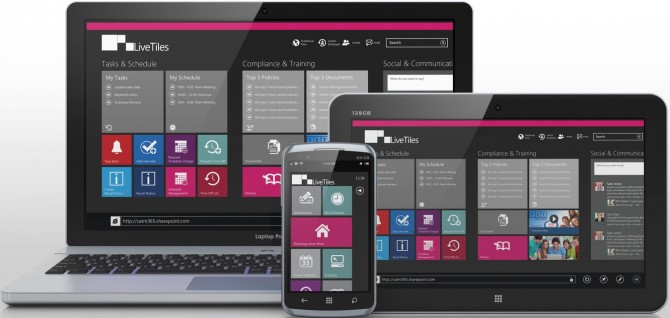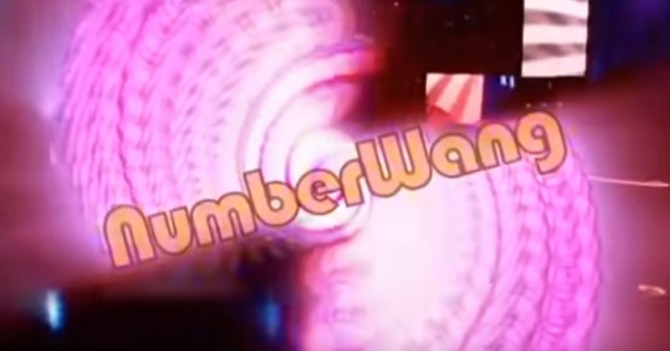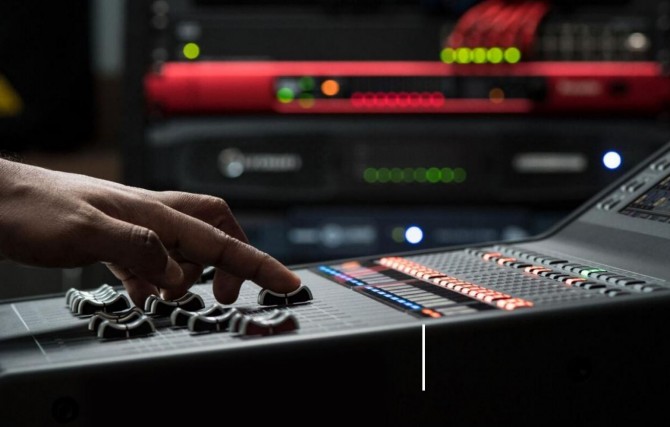
One of the hardest tests investors face is knowing what to do when they’re significantly down – or up for that matter – on a new investment. The impulse to act on instinct to any sudden piece of news, whether clear signal or noise, is something widely acknowledged by psychologists as ‘System 1’ thinking.
System 1 served our ancestors well on the plains of Africa, where a rustle in the long grass might have been a lion ready to pounce. Faced with that horrible possibility, was there really a need to pause and wage an internal debate on the merits of running away? No. Better to run and avoid becoming lunch. This is the hyper-sensitive System 1 doing its job well.
In investing however, the same instincts often betray our flawed processes at the worst of times.
For any given scrap of news, rather than reflecting on how the underlying business is impacted over a meaningful time frame, we have the tendency to act as our own worst enemy and ‘run from the lion hiding in the long grass’. We urgently feel the need to act to limit further anxiety, typically by selling prematurely.
“All of humanity’s problems stem from man’s inability to sit quietly in a room alone”
Blaise Pascal
This sort of thinking can get you into trouble, as was the case recently for some investors with Strawman favourite Advance Nanotek (ASX:ANO).
Holders couldn’t get out fast enough after the Company appeared to offer no commentary or news in its most recent yearly results. Within minutes, the share price had dropped by 30%.
However, it became clear in the hours that followed that the commentary attached to the results had in fact been held up by the ASX. Once the commentary was released and digested by the market, the share price started to recover. Amongst this drama was some serious Director buying, which presented an opportunity for prepared investors to buy more.
What sets the better investors apart in these situations is their ability to stop and think clearly before acting on impulse. In the case of Advance Nanotek, experienced investors were able to look past their System 1 biases and remain focused on production capacity, future orders and the track record of capital allocation from management, all of which were being executed well.
Protecting yourself
It’s been said a number of times here on Strawman, but the best protection against a System 1 overreaction is to write down why you’re buying something and what would cause you to sell. This is your thesis, which as basic as it may be to begin with, puts you miles ahead of the average punter.
The act of simply writing it out this way is putting System 2 thinking into practice.
From lunch to lunching
Back on the savanna surrounded by rustling long grass, your initial instinct was to run given a lion pouncing would prove fatal.
But did you actually see a lion?
What if it was simply the wind? And how likely is it to actually to be a lion? Isn’t it more likely to be a bird or lizard? Come to think of it, how often does your tribe even encounter a lion? Not very often…
Reflecting on the more complex range of probabilities and outcomes is System 2 in action. It’s the part of our brain that has time to weigh up all the options and examine things at leisure before acting. But doing all the System 2 thinking there and then when your life may be in imminent danger is hard.
“Plans Are Worthless, But Planning Is Everything”
Dwight D. Eisenhower
Having a plan in place ahead of time – for example bringing a spear and a number of fellow tribesmen wherever you go – means you have the option to stay where you are, kill the lion if it happens to be there, and bon appetit! Lunch is served.
System 2 thinking is invaluable to investing. Good investors plan ahead and examine the range of possible outcomes to avoid indecision when bad news drops. When others get scared and run – or even euphoric and pile in – good investors have the upper hand and will have a plan in place which they can execute swiftly and decisively.
Practice makes perfect
The simple act of planning what to do – and revisiting that thinking regularly – is an inoculation against rash decision making when the going gets tough. It’s a tried and tested method that sets the best investors apart.
With every new investment, work hard to identify the risks and what actions are necessary to combat them if and when they arise. Write them down as part of your thesis and prepare to be ruthless if one appears. Stick to your process, and over time you’re results will begin to speak for themselves.
This brief introduction to ‘two system thinking’ is explained in greater detail by Daniel Kahneman in his book, ‘Thinking, Fast and Slow’ and by Philip Tetlock, Dan Gardner in ‘Superforecasting: The Art and Science of Prediction’. Both are must reads for any who aspire to carrying a spear wherever they go.
Ben Stevens is a Melbourne-based private investor and Director of design studio Blendid. He specialises in working with passionate founders from innovative companies to establish their brand, find their voice and ultimately drive results.
Follow him on Strawman, or on twitter.
Strawman is Australia’s premier online investment club. Join for free to access independent & actionable recommendations from proven private investors.
Disclaimer– The author may hold positions in the stocks mentioned in this publication, at the time of writing. The information contained in the publication and the links shared are general in nature and does not take into account your personal situation. You should consider whether the information is appropriate to your needs, and where appropriate, seek professional advice from a financial adviser. For errors that warrant correction please contact the editor at [email protected].
© 2019 Strawman Pty Ltd. All rights reserved.
| Privacy Policy | Terms of Service | Financial Services Guide |
ACN: 610 908 211







